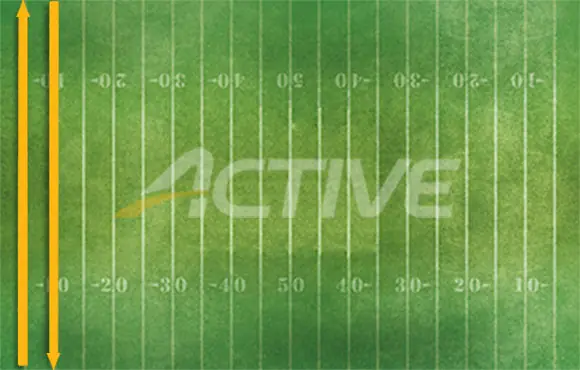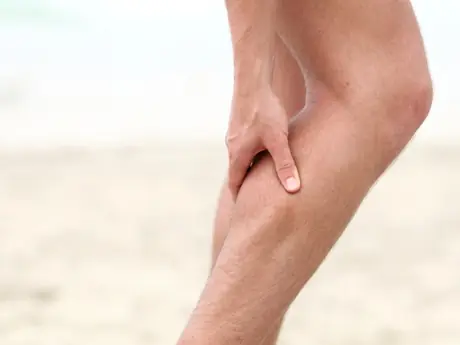How Running Economy Makes Running Easier
Running Economy is the volume of oxygen consumed at submaximal speeds. In 1930, David Dill and his colleagues were among the first physiologists to suggest that there are marked differences in the amount of oxygen different athletes use when running at the same speeds, and that these differences in "economy" of oxygen use are a major factor in explaining differences in running performance in athletes with similar VO2max values.
For example, research has shown that, while Kenyan runners have similar VO2max and LT values as their American or European counterparts, the Kenyans are more economical—possibly due to their light, non-muscular legs that resemble those of thoroughbred race horses. The heavier your legs, the more oxygen it costs to move them.
More: Simple Drills to Improve Running Economy
RE is probably even more important than the LT in determining distance running performance because it indicates how hard you're working in relation to your maximum ability to use oxygen.
For example, if two runners, Jack and Martin, have a VO2max of 70 milliliters of oxygen per kilogram of body weight per minute and a LT pace of 7 minutes per mile, but Jack uses 50 and Martin uses 60 milliliters of oxygen while running at 7:30 pace, the pace feels easier for Jack because he is more economical. Therefore, Jack can run faster before using the same amount of oxygen and feeling the same amount of fatigue as Martin.
I have yet to see a runner who has superior RE who does not also have a high VO2max and LT.
4 Strategies to Improve Running Economy
Despite its importance, RE seems to be the most difficult of the three physiological players to train. While many runners and coaches think that RE is a reflection of running form, it is more influenced by those microscopic structures that influence oxygen delivery to and use by the muscles—capillaries and mitochondria, the densities of which are both enhanced with high mileage.
- Research has shown that runners who run high mileage—more than 70 miles per week—tend to be more economical.
More: 5 Ways to Build Your Running Base
In addition to increasing mitochondrial and capillary density, the greater repetition of running movements may result in better biomechanics and muscle fiber recruitment patterns and a synchronization of breathing and stride rate, which may reduce the oxygen cost of breathing.
- RE may also be improved by the weight loss that often accompanies high mileage; the change in body weight lowers oxygen cost.
Since VO2max plateaus with about 70 to 75 miles per week, improved RE may be the most significant attribute gained from running high mileage. However, it's not entirely clear whether high mileage runners become more economical by running more miles or they're innately more economical and can therefore handle higher mileage.
- Intervals and tempo runs can also improve RE since, as VO2max and LT improve, the oxygen cost of any submaximal speed is also likely to improve.
However, it is possible to become more economical without improving VO2max or LT, as research on power training with very heavy weights and plyometrics has shown.
- Power training focuses on the neural, rather than metabolic, component of muscle force development to improve RE.
More: 6 Exercises to Become a Stronger Runner
 Sign up for your next half marathon, marathon, or other long distance race.
Sign up for your next half marathon, marathon, or other long distance race. - 2
- of
- 2
About the Author
Jason Karp

Get ACTIVE on the Go


13.one Half Marathon
Get expert advice and guidance as you progress in your journey to becoming an avid runner.
Available for iOS






Discuss This Article